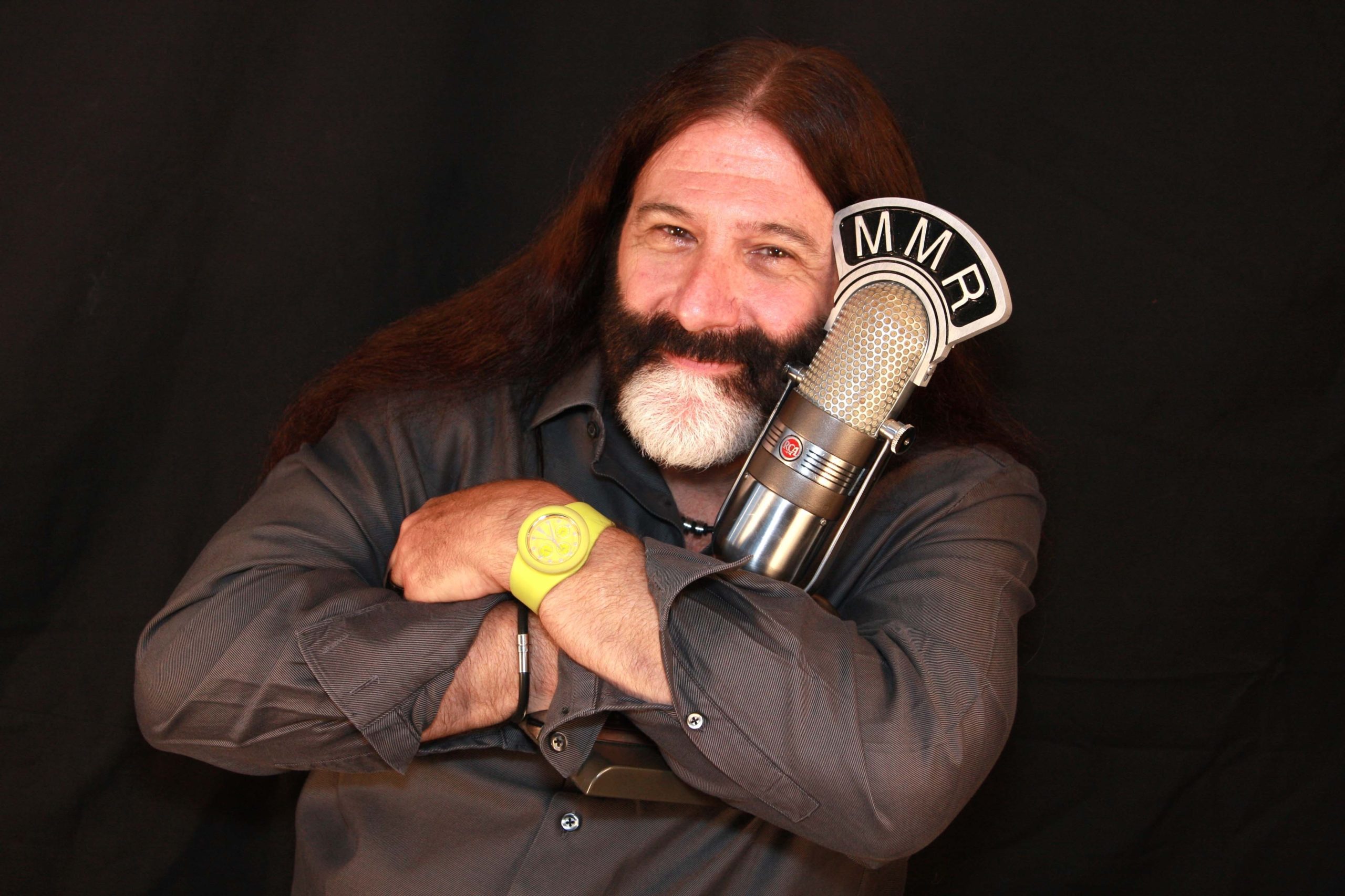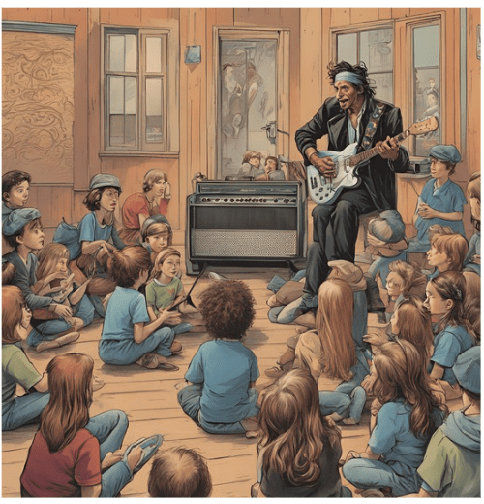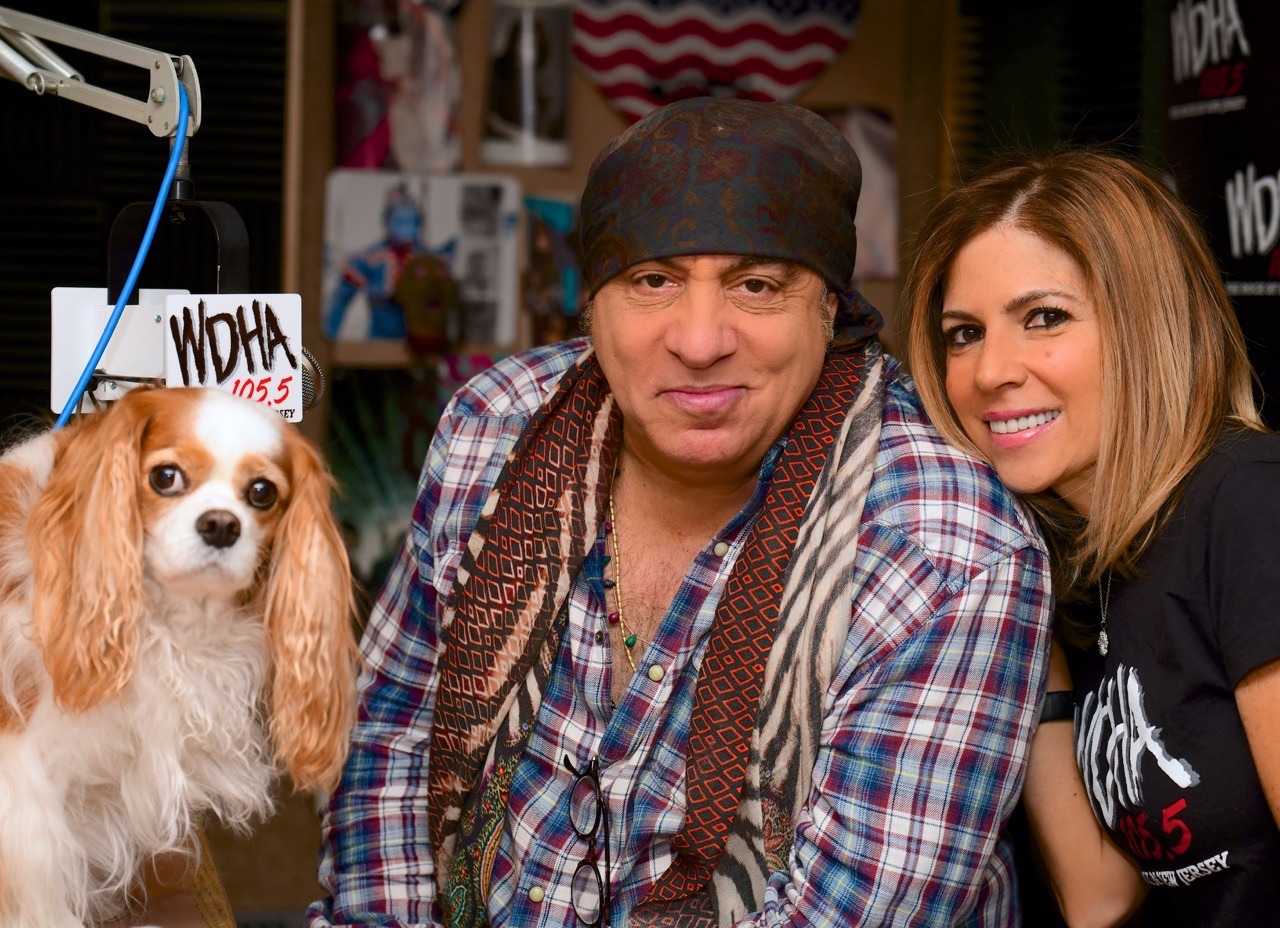
I’ve written a great deal in recent years about the broadcast radio industry’s seemingly endless series of RIFs, terminations, layoffs, furloughs, right-sizing, early retirement packages – all different ways of saying the same thing:
Cutting our way to profitability
It’s a very different radio industry than it was just two years ago. The pre-pandemic period seems like at least a decade in the past, while radio at the turn of the millennium feels like a lifetime ago. Just walk into a radio broadcast building that’s five or more years old and you will feel like you’ve had the wind knocked out of you. The empty space, the vacant cubicles, the open areas are breathtaking.
It is now an industry-wide phenomenon. Once the domain of the biggest commercial radio companies in the country, cutbacks – whether a person or two or a percentage of workers or entire departments – have become near-universal. We don’t get surprised by them anymore because we expect them.
Sadly, public radio has very much fallen into line during the past year or so, and the ripple effect of job losses touches some of the system’s biggest stations. Last week, WNYC let 8.5% of its staff go, including at WNYC Studios (its podcast unit), and classical-formatted WQXR. This recent action follows similar rounds of RIFs last month and last year. Sadly, the effects will very likely be noticeable to listeners. They reportedly include the elimination of local morning newscasts, as well as hosts during nighttime hours.
and the ripple effect of job losses touches some of the system’s biggest stations. Last week, WNYC let 8.5% of its staff go, including at WNYC Studios (its podcast unit), and classical-formatted WQXR. This recent action follows similar rounds of RIFs last month and last year. Sadly, the effects will very likely be noticeable to listeners. They reportedly include the elimination of local morning newscasts, as well as hosts during nighttime hours.
The head counts of the past – what were once believed to be the required staff with which to effectively run a station or group of stations has changed drastically. Some of the new efficiency is due to technology, of course – the ability to automate services, especially backend operations. We’re already beginning to feel the impact of AI on many aspects of how stations and their growing menu of content and monetization efforts are changing. Expect these efficiencies to improve over the next year or two, freeing up more time for those who are still on the employment rosters.
But the dilemma that continues to hound operators and owners falls under the headings of THE BABY and THE BATHWATER.
the headings of THE BABY and THE BATHWATER.
When staffing changes may be analyzed – especially a year or two after they’re instituted – what is their net long-term effect on ratings, sales, the brand and all the “invisible intangibles” that make radio stations the organisms they have long been?
I think about this a great deal when I consider the personnel moves being made by radio broadcasters. Aside from the goal of generating more revenue by paying less in salary and benefits, shouldn’t another objective be to do as little harm to the brand as well?
That is, there are certain positions on the station org chart that I call “audience and advertiser facing.” Obviously, these are the people on the air who directly contribute to the station’s content and overall sound. Depending on the operation, these “A&AF” positions might include producers, production people, and marketing department staffers – all of whom contribute to a station’s outreach efforts.
In a perfect world – and this is not one of them – shouldn’t at least a sub-goal of any round of cutbacks be to maintain the station’s essential sound?
I thought of the value of the on-air team when I read a recent piece in a publication put out by the Content Marketing Institute. In “Which Matters More: The Story or the Storyteller?,” Robert Rose walks us through the key questions marketers and managers should be asking themselves.
If the story is compelling enough, wouldn’t just about any storyteller do? Yet, Rose notes the use of so-called “influencers” by an estimated 75% of marketers (according to Ogilvy research) underscores the value of “storytellers.” When you don’t have them on staff, you have to rend them.
 As someone who has signed on countless Classic Rock radio stations over the last 40 years, I know this first-hand. This is a format built on wonderfully great music. And along with that comes an anthology of stories with a rich history. Yet, these stations sound markedly different when manned (and womaned) by air talent who don’t know these backstories or who simply aren’t seasoned enough to tell them. In contrast, there are format superstars like WMMR’s Pierre Robert (pictured at the top of today’s post) who spin tales about music and pop culture unlike anyone else. And the right person behind the mic can also become a go-to storyteller for young listeners eager to put the music into context, a paramount need for all Classic Rock outlets.
As someone who has signed on countless Classic Rock radio stations over the last 40 years, I know this first-hand. This is a format built on wonderfully great music. And along with that comes an anthology of stories with a rich history. Yet, these stations sound markedly different when manned (and womaned) by air talent who don’t know these backstories or who simply aren’t seasoned enough to tell them. In contrast, there are format superstars like WMMR’s Pierre Robert (pictured at the top of today’s post) who spin tales about music and pop culture unlike anyone else. And the right person behind the mic can also become a go-to storyteller for young listeners eager to put the music into context, a paramount need for all Classic Rock outlets.
In the Content Marketing Institute article, Robert Rose also refers to what’s known as the new “founder-led marketing” trend, where company founders and/or CEOs act as spokespeople to tell the stories of their brand. But as Rose, points out, their lofty positions don’t necessarily convey trust or credibility.
 When consumers or customers don’t know a leader or they don’t trust him/her, nothing good happens. Rose refers to the failure of OpenAI’s CEO Sam Altman (pictured) as the company’s lead spokesperson, as an example. Do you feel better about the future of AI after listening to this guy paint a picture of the future? Not likely. The list of less-than-credible company leaders is a long one, whether we’re talking inside or outside of radio. As Rose summarizes;
When consumers or customers don’t know a leader or they don’t trust him/her, nothing good happens. Rose refers to the failure of OpenAI’s CEO Sam Altman (pictured) as the company’s lead spokesperson, as an example. Do you feel better about the future of AI after listening to this guy paint a picture of the future? Not likely. The list of less-than-credible company leaders is a long one, whether we’re talking inside or outside of radio. As Rose summarizes;
“The primary challenge for founders and influencers who struggle with it isn’t authenticity, it’s belief in the storyteller.”
It’s why AI will never be an effective deliverer of important brand messages. While it might look and sound close to the original, consumers can sniff out the real thing.
Case in point: Toys “R” Us is diving into reviving its eroded brands. And they’re counting on AI technology as the messenger. They unveiled a video at the Cannes Film Festival earlier this year using the AI platform, SORA, to craft a commercial featuring the company’s late founder, Charles Lazarus:
Toys “R” Us has released the first OpenAI SORA generated brand commercial
The use of generative AI in commercial work is here. pic.twitter.com/rfbHC3NQRD
— Allen T. (@Mr_AllenT) June 25, 2024
It’s well-produced, slick, and visually rich. But does this commercial with artificially intelligent image produce warmth and believability? That’s the question all companies must address when considering how to tell their story.
If you’re the chief executive running a company like Boeing, Facebook, Tesla, CNN, or Boar’s Head, you’ve got a credibility problem from the jump. These are companies that either have a long-running trust issue with their leadership or a “C-suite” team with no images whatsoever. Especially in either or both of these situations, using the CEO as company spokesperson is a non-starter. And these are not isolated cases where corporations or organizations break down in the “cred department.” It’s actually common in most companies to lack a truly trusted and credible spokesperson who can tell the brand’s story with authenticity. That’s why so many of them end up paying for celebrity spokespeople in the hope they will be able to deliver the desired message. But even hiring a famous TV star or renowned athlete is no guarantee of success.
Rose quotes author John Maxwell:
“People buy into the leader before they buy into the vision.”
In radio, many of us have experienced those stations with trusted personalities – the ones with credibility who can deliver a message – and those who don’t. The latter may be too new to a station or a market, or simply may not have “IT” – that undefinable quality that oozes confidence and authenticity.

When you’re fortunate to have a respected local storyteller – like the aforementioned Pierre, Jim Ladd, Ken Calvert, Bob Stroud, Terrie Carr (pictured) – a station becomes much more interesting, compelling, and listenable. When you don’t, you’re just a series of factoids, trivia nuggets, and pre-prepped quips – very little sticks.
Of course, that trust bridge goes to advertisers as well. A “live read” by a trusted personality can be magical. It can move the needle – fill new car showrooms, entertain at client parties, and put butts in seats.
To become a great storyteller takes time – to be able to weave the magic but also to convey to the local audience they are there for the long haul. I’ve heard it from focus group respondents for decades when talk about a host with the chops:
“He/she’s been around a long time.”
Longevity and “stick” matter. They’re a sign of the rites of passage, that someone you hear on the air – day in and day out – has made the cut. They become a part of listeners’ lives, and if they’re smart, fixtures in their communities.
Rose’s conclusion is an important one:
“The story creates the value and the trust. But if your audience doesn’t believe in the storyteller, it’s so much harder to make the story worth telling.”
For so many stations at this critical moment in the medium’s history, this stuff matters. A lot.
Preserving the essence of these brands that have been methodically built over years and decades matters to not only their short and long-term successes, but the way radio, in general, is thought of.
Being intentional about who represents these brands and the companies that own them is essential especially at “crunch time.”
As Rose concludes – and I couldn’t say it any better:
“It’s your story. Tell it well.”
- What To Do If Your Radio Station Goes Through A Midlife Crisis - April 25, 2025
- A 2020 Lesson?It Could All Be Gone In A Flash - April 24, 2025
- How AI Can Give Radio Personalities More…PERSONALITY - April 23, 2025




The very best talent …are exceptional storytellers. Great blog. Thank you for this inspiration.
Thanks for the great work you do (and have done) with talent over the years. You’d think more radio broadcasters would try to “coacch up” more of their talent rather than RIF ’em.
Seasoned pros know how to tell it. Too many podcast “selfies” aren’t ready for prime time nor your time.
And that’s part of the reason why they are so fewe bona fide podcast hits. Thanks, Clark.
September was a rough month. First, WCBS-AM passed away. After I finish sitting shiva for it, I will need to reprogram the center button on my car radio. Then the wave of ill tidings moved down the dial to WNYC-FM. Is there no limit to the number of sports stations a radio band can endure (and I love sports).
As a follow-up to you note about great storytellers, would you please someday write a story about Jean Shepard? It was my joy to grow up in Brooklyn listening to Shep tell his long and winding stories on WOR, years before A Christmas Story appeared in Playboy and became a movie.
As one of the feew ewho sits shiva for radio stations, Steve, I feel your pain. Nothing is for certain, that’s for sure. Thanks for the push on Shepard.